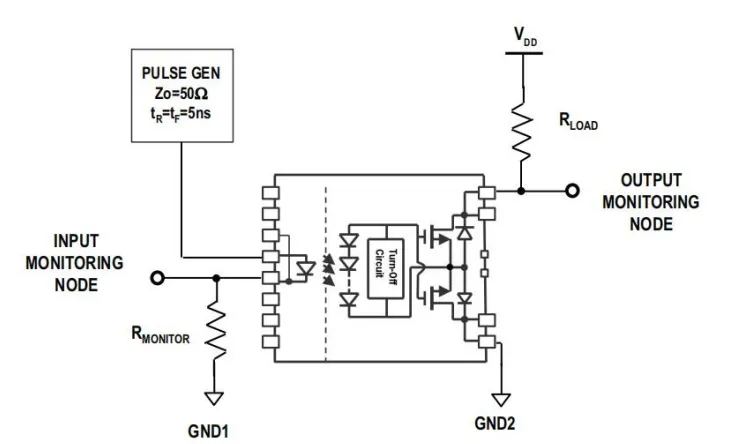Solid State Relay SSR Optocoupler OR-601J Series, emerge on the market, benchmarked against Toshiba TLP9160T and Avago ASSR-601J, widely used in the automotive industry's battery control system and fuel cell control system field.
Solid State Relay SSR Optocoupler OR-601J Series
emerge on the market
benchmarked against Toshiba TLP9160T and Avago ASSR-601J
widely used in the automotive industry's battery control system and fuel cell control system field.
Solid State Relay SSR Optocoupler OR-601J Series, emerge on the market, benchmarked against Toshiba TLP9160T and Avago ASSR-601J, widely used in the automotive industry's battery control system and fuel cell control system field.

Our 601 series has three different level series with model numbers OR-601J-TA1-V, OR-601JV-TA1-V, OR-601JT-TA1-V, with leakage currents reaching 5nA, 10nA, 100nA respectively under 1000V.
For sample requests, please contact our staff or leave a message with the necessary information, and our staff will contact you on the same day.

The recommended design diagram for the 601J series is as follows.
Previous : APSEMI Photo Relays for Various Applications
 English
English Español
Español Português
Português русский
русский français
français 日本語
日本語 Deutsch
Deutsch Tiếng Việt
Tiếng Việt Italiano
Italiano Nederlands
Nederlands ไทย
ไทย Polski
Polski 한국어
한국어 Svenska
Svenska magyar
magyar Malay
Malay বাংলা
বাংলা Dansk
Dansk Suomi
Suomi हिन्दी
हिन्दी Pilipino
Pilipino Türk
Türk Gaeilge
Gaeilge عربى
عربى Indonesia
Indonesia norsk
norsk Burmese
Burmese български
български ລາວ
ລາວ Latine
Latine Қазақ
Қазақ Euskal
Euskal Azərbaycan
Azərbaycan slovenský
slovenský Македонски
Македонски Română
Română Slovenski
Slovenski Српски
Српски Afrikaans
Afrikaans Беларус
Беларус Hrvatski
Hrvatski Монгол хэл
Монгол хэл Zulu
Zulu Somali
Somali O'zbek
O'zbek Hawaiian
Hawaiian
Case Sharing: High-Speed Hair Dryer Application-The Application of Orient Thyristor Optocoupler and Transistor Optocoupler
The Orient OR-M3053L-TP-G thyristor output optocoupler is used to drive thyristors,600V IFT 5mA SOP4 package.
Read MoreOrient Intelligent IGBT Driver Optocoupler Products Introduction
In the electronic power system, the IGBT drive circuit is a very crucial component. As the interface circuit between the module and the single-chip microcomputer, it needs to convert the signal from the single-chip microcomputer into a drive signal with sufficient power to ensure the safe on and off of the IGBT and provide electrical isolation between the two. In order to ensure that the IGBT is correctly and effectively protected when a system failure occurs, a separate protection circuit needs to be designed for the conventional IGBT drive circuit.
Read MoreOR-MOC30XX Thyristor Optocoupler Product Introduction
Thyristor photocouplers can be isolated for AC load control, provided the load is relatively small (about 50 mA or less). For larger currents (up to a few amps), a SCR photocoupler is combined with a high-power SCR for AC load control. The following diagram shows the basic circuit configuration. Rs and Cs are elements of the buffer circuit that prevent the thyristor photocoupler switch failure by shielding noise, while the varistor absorbs any surge voltage from the power line.
Read More